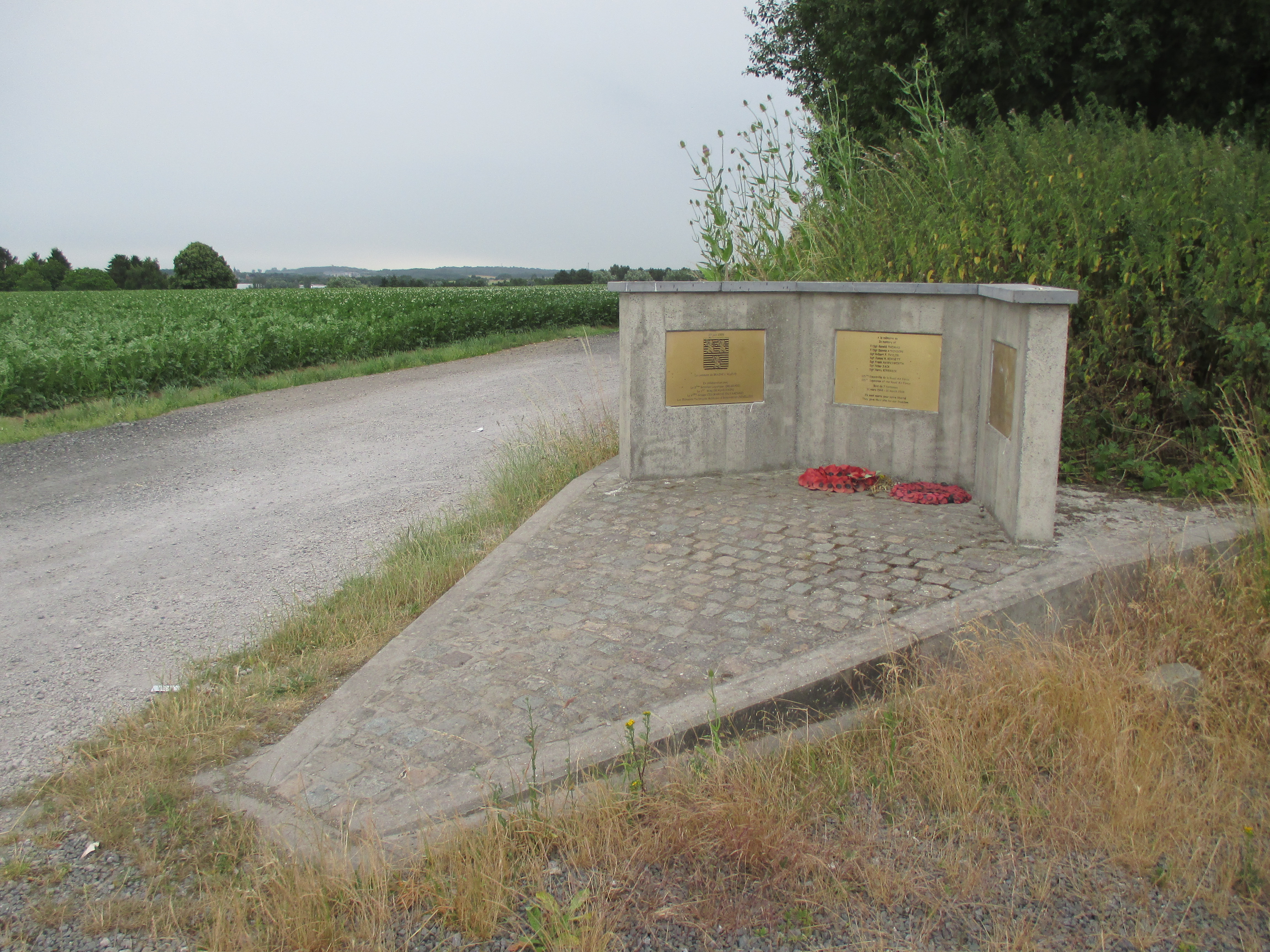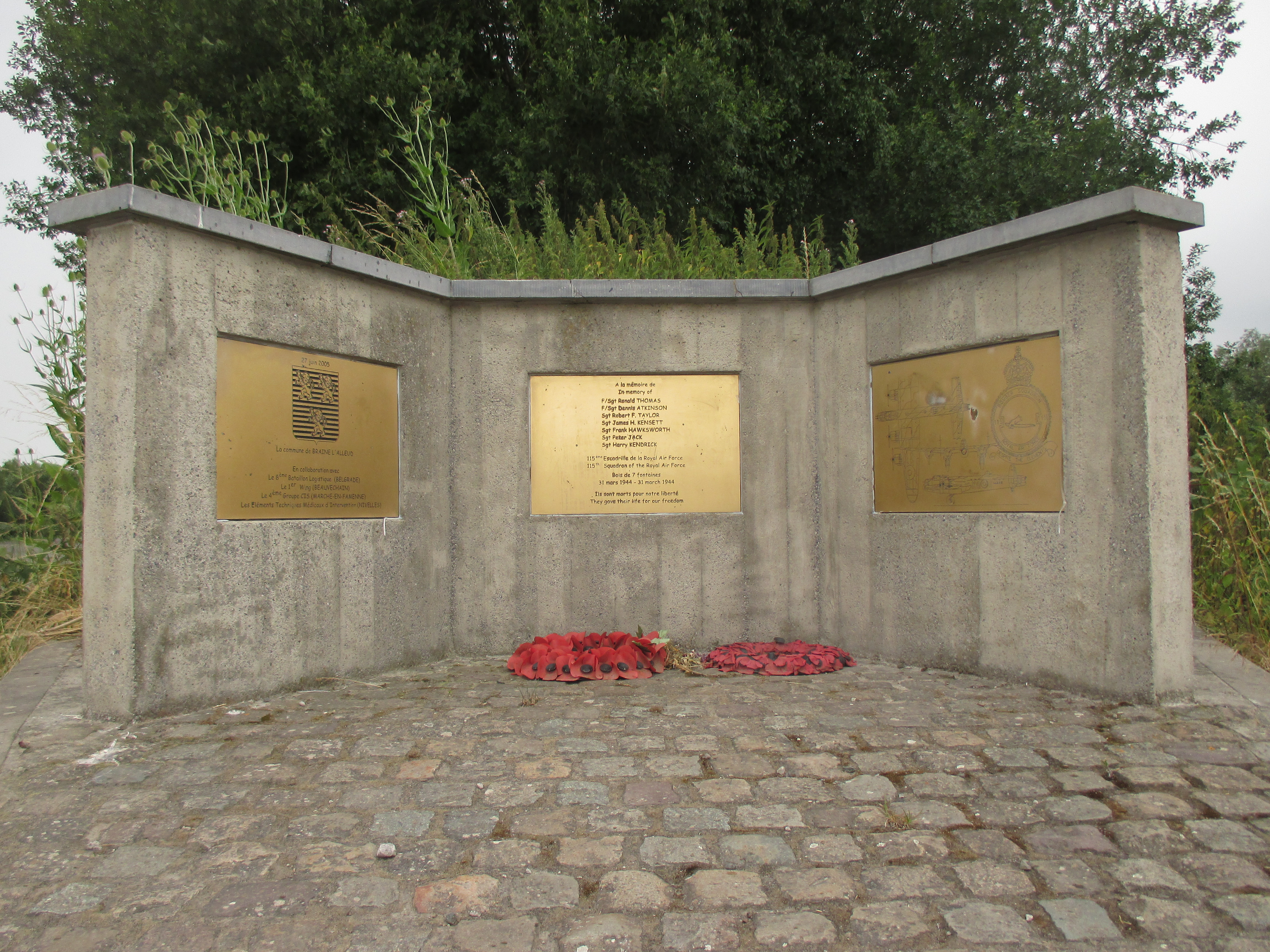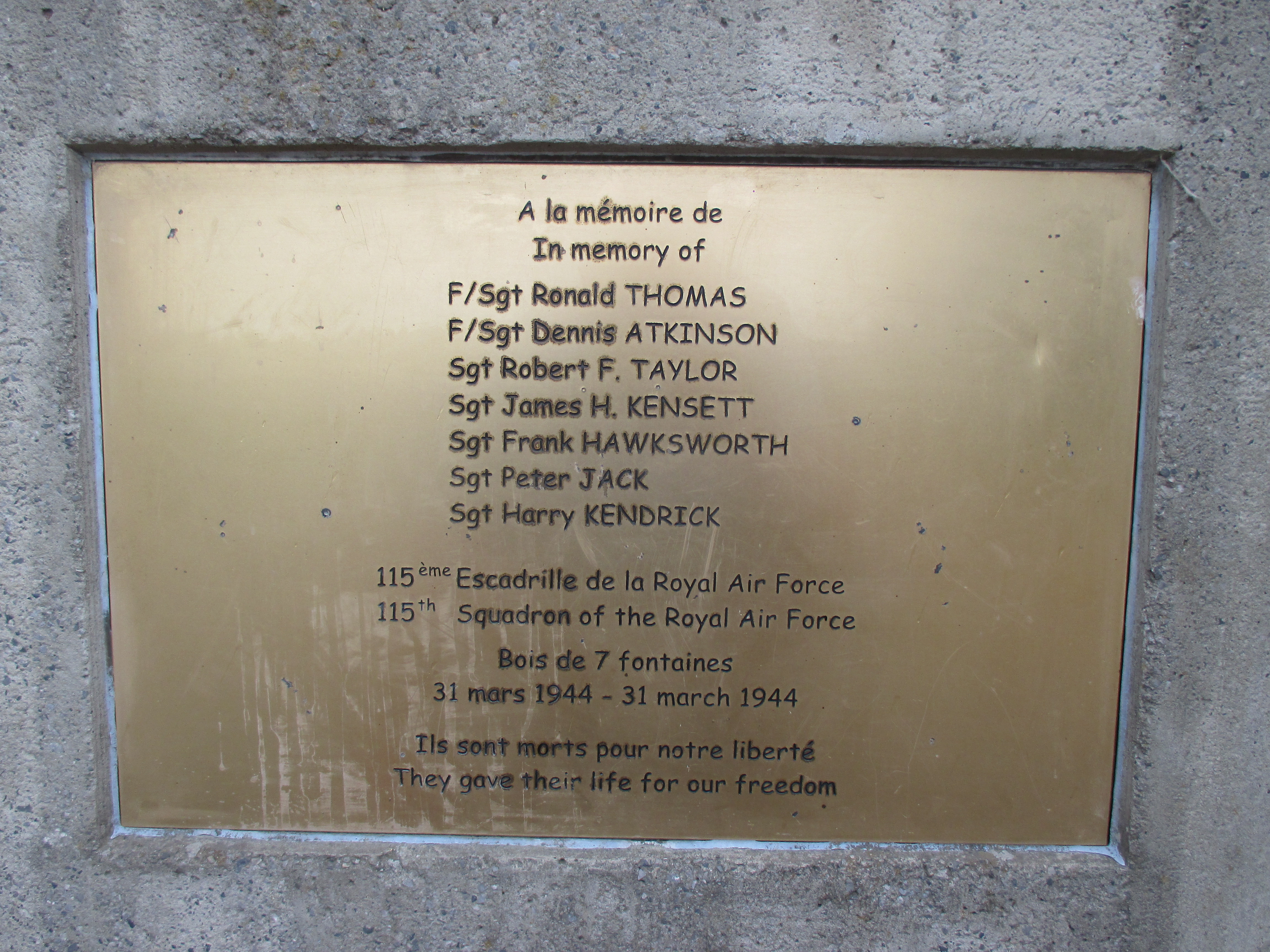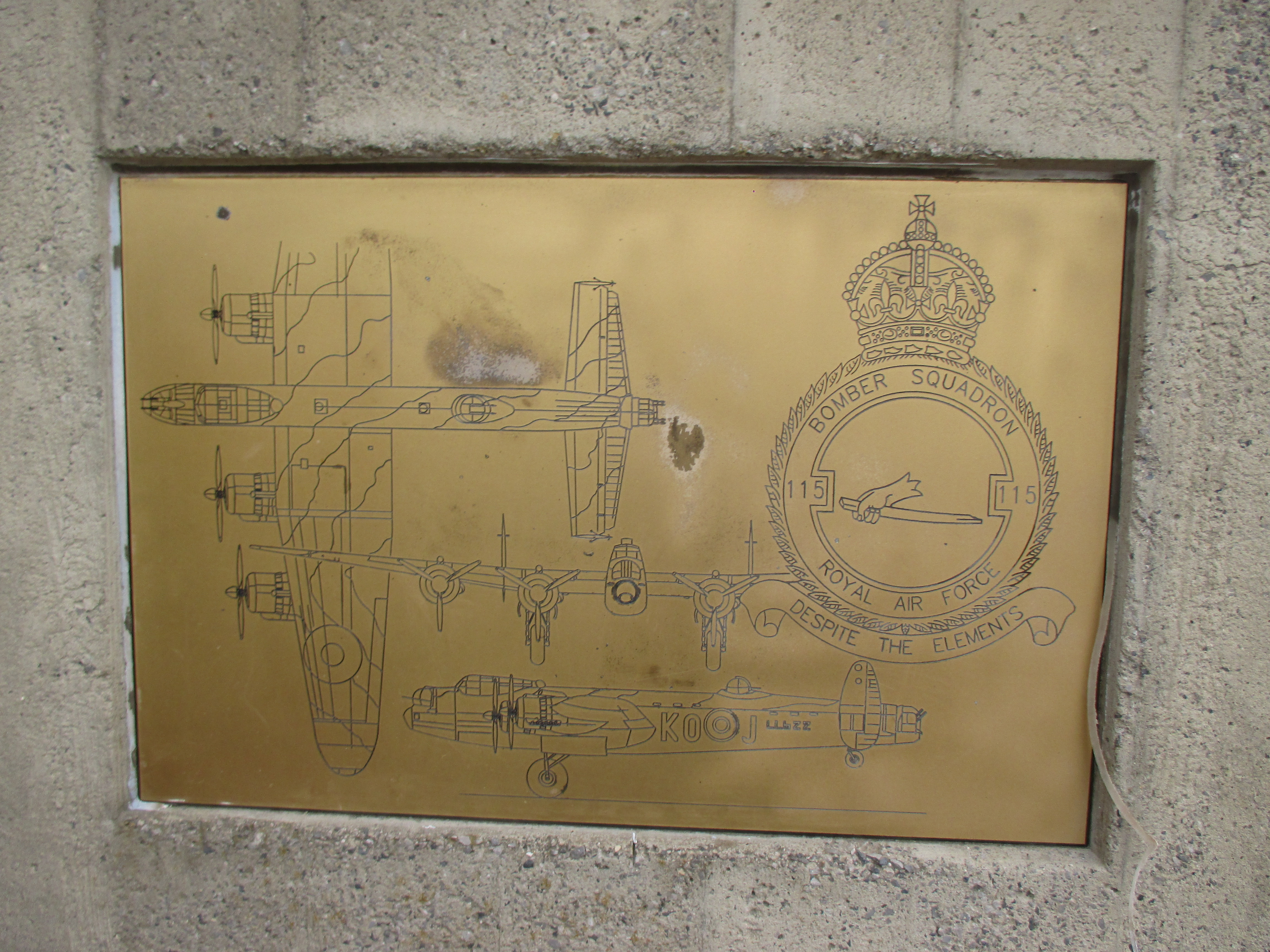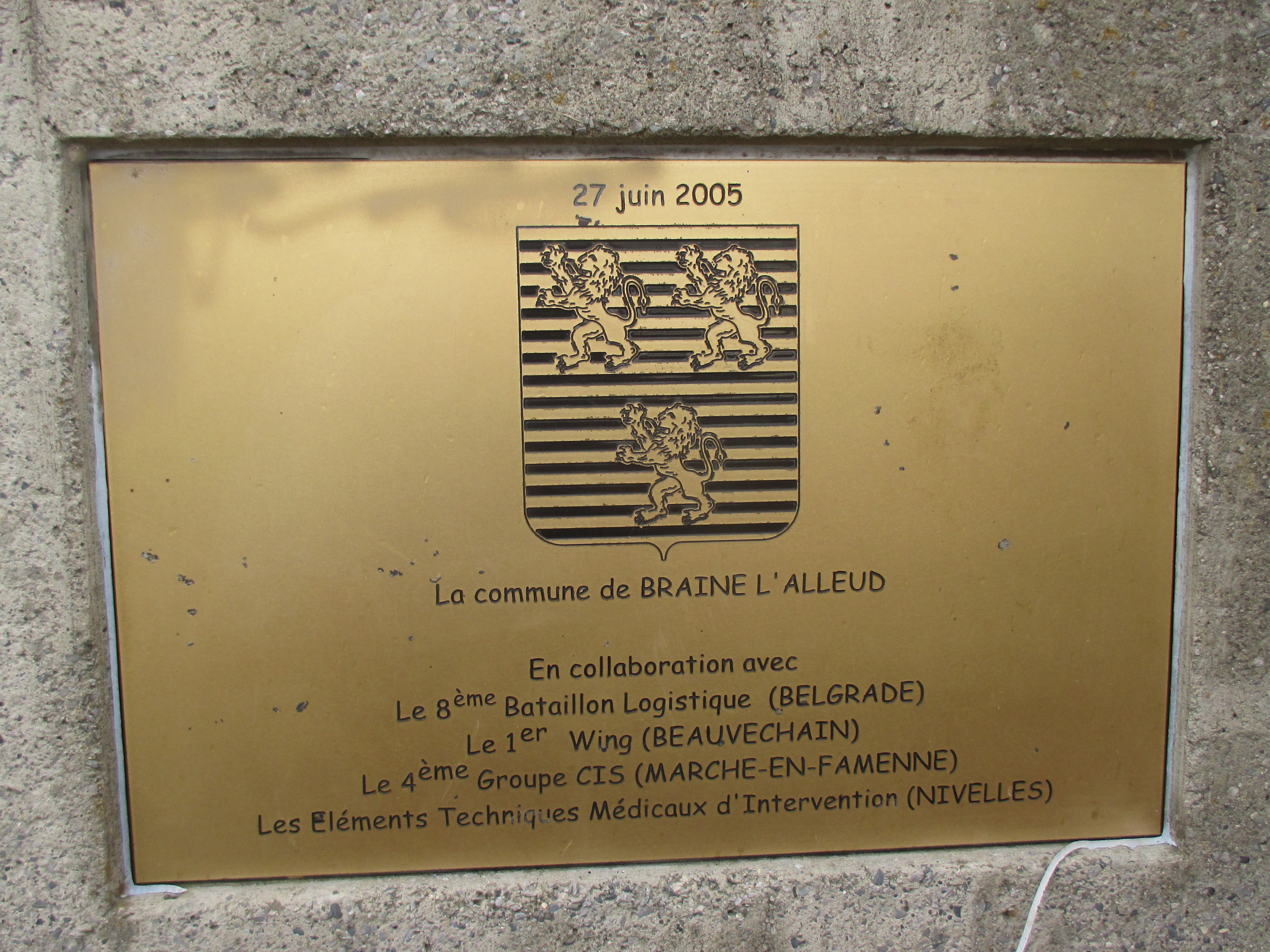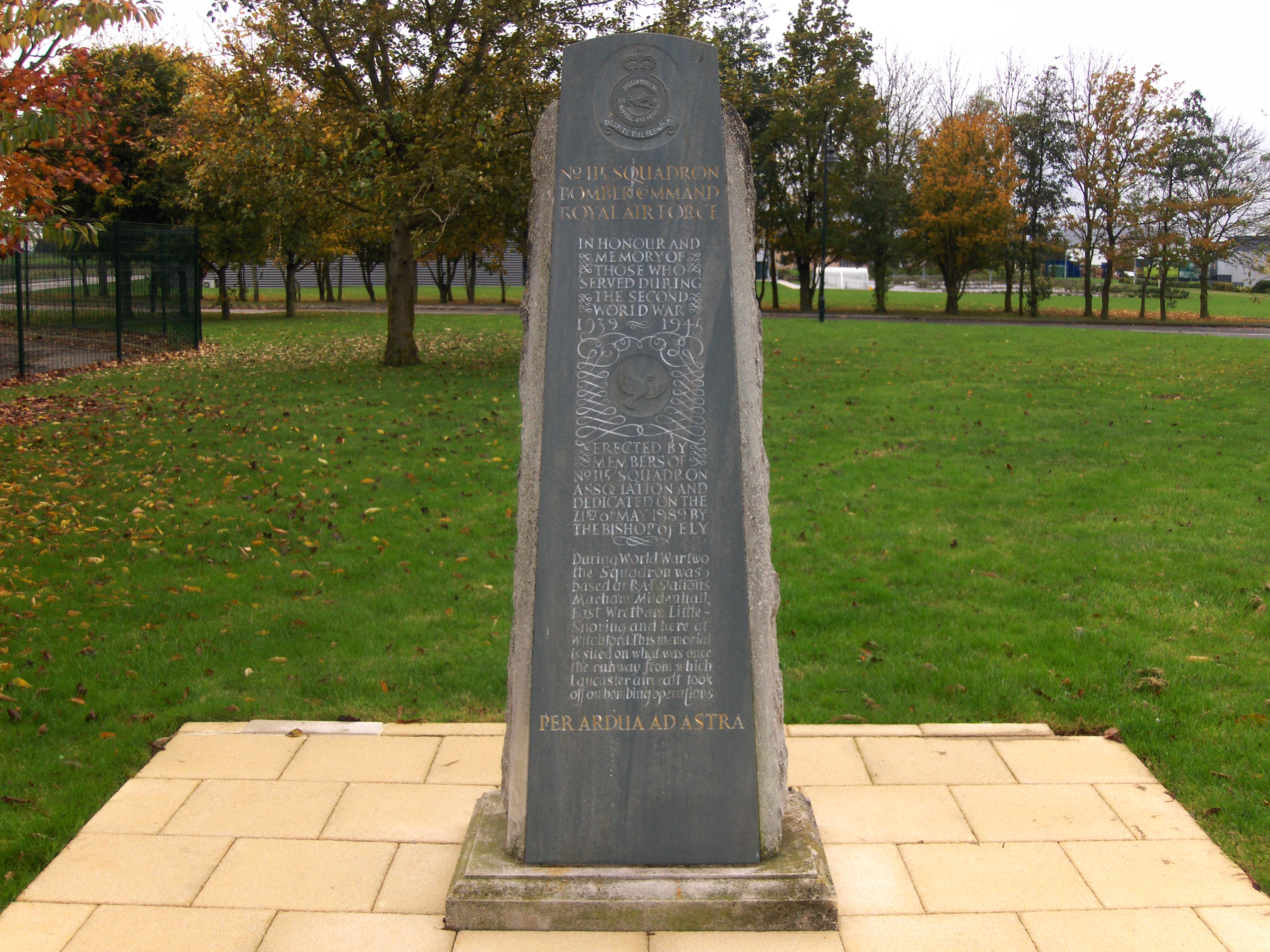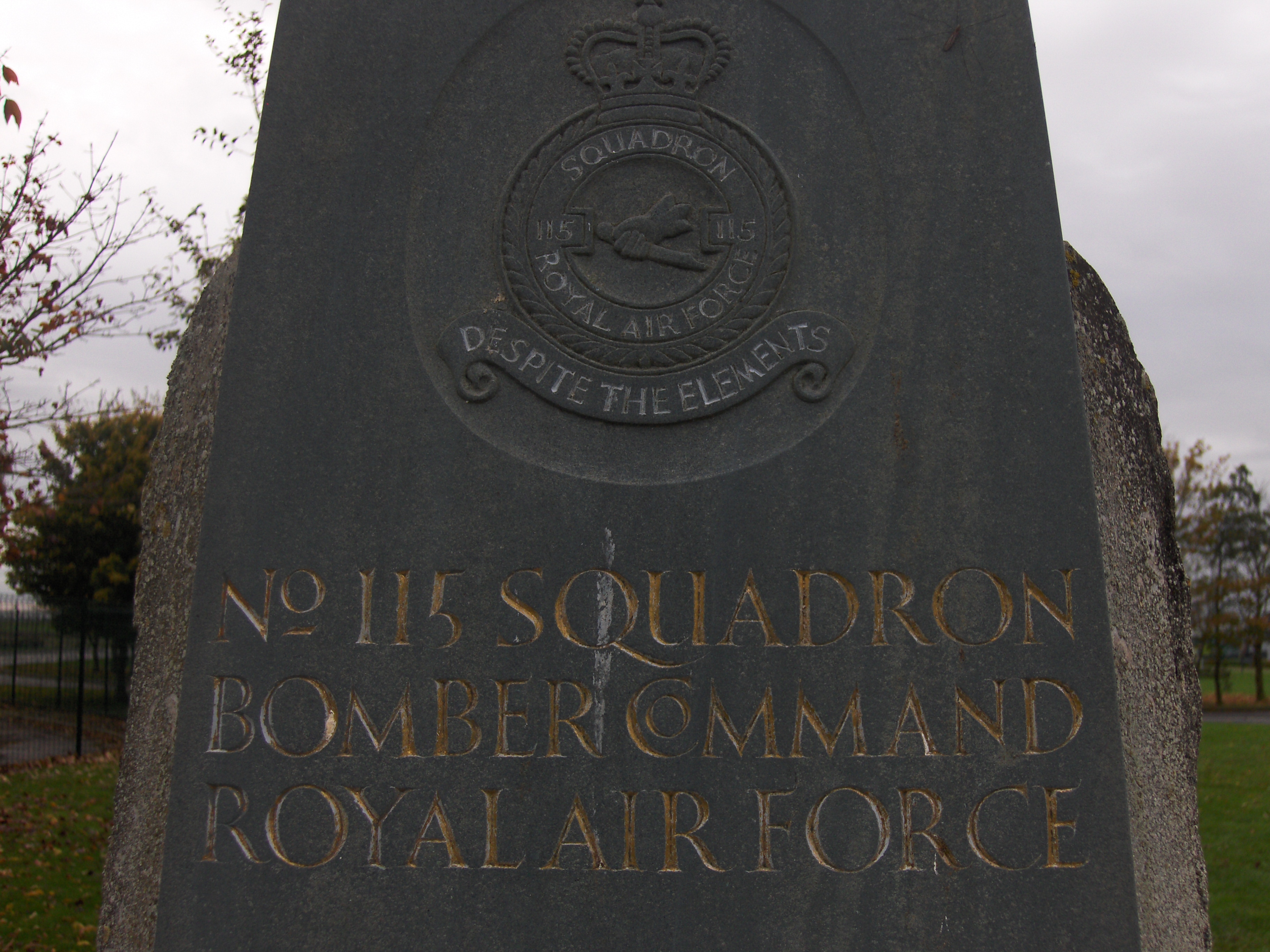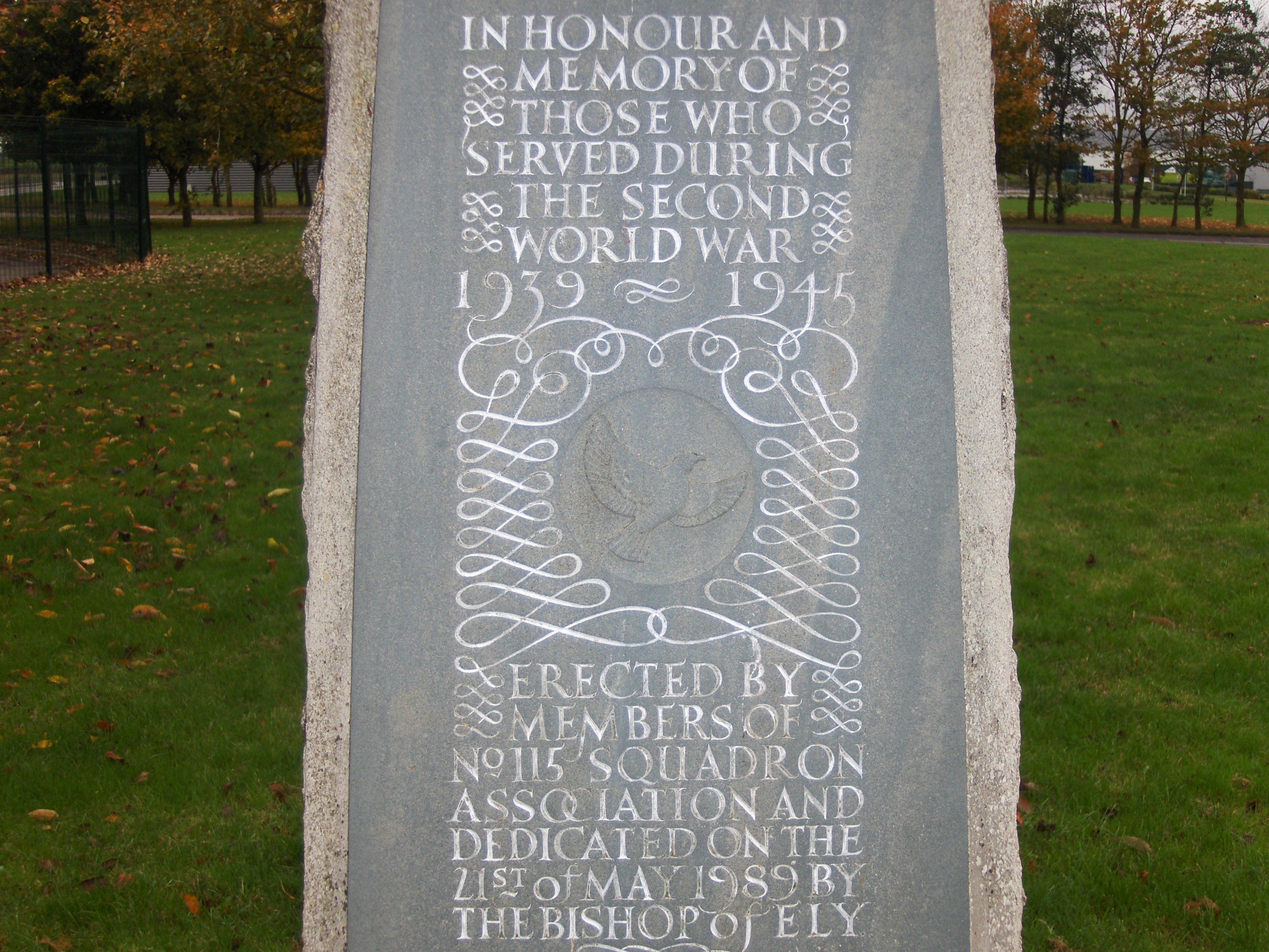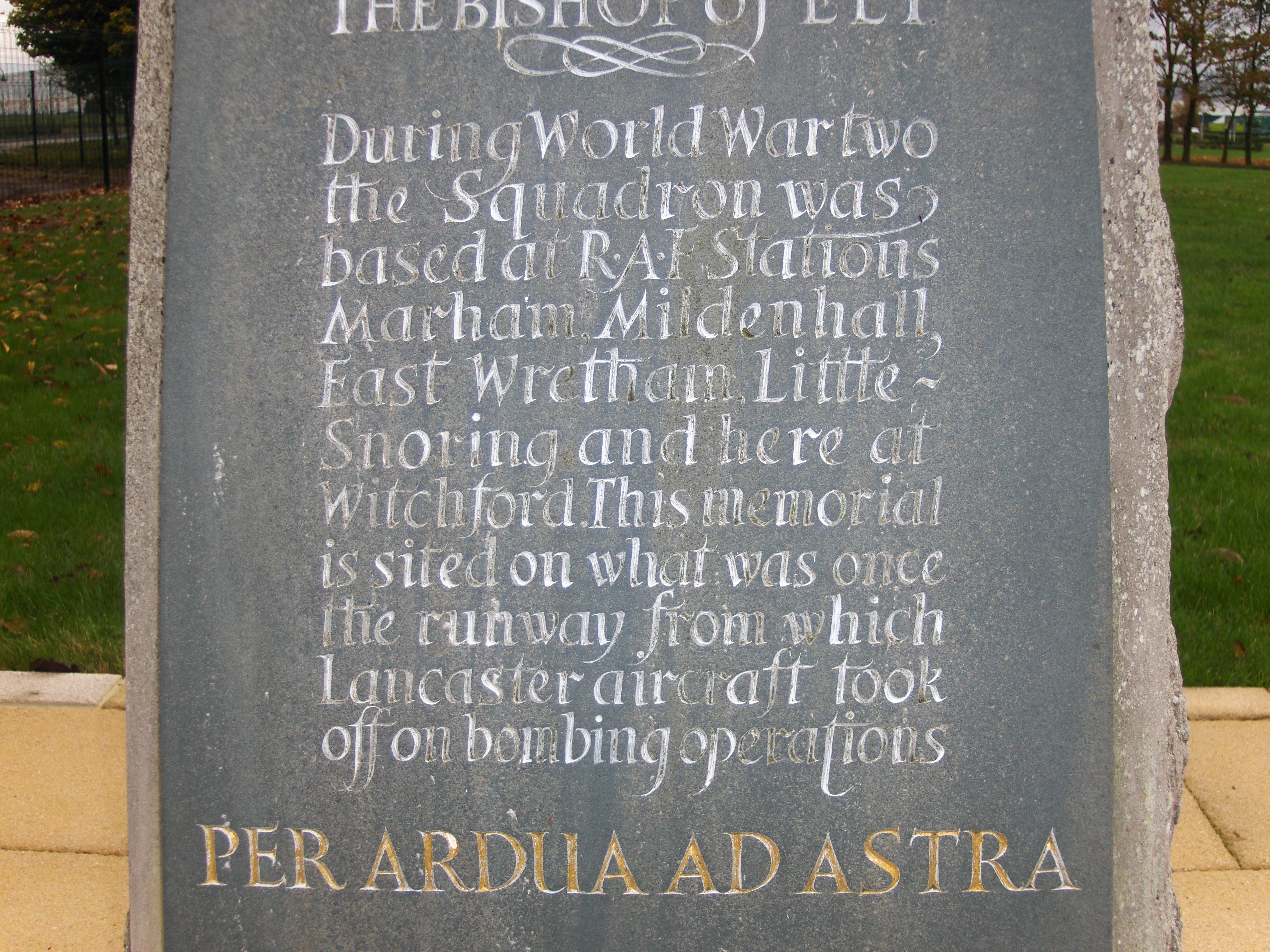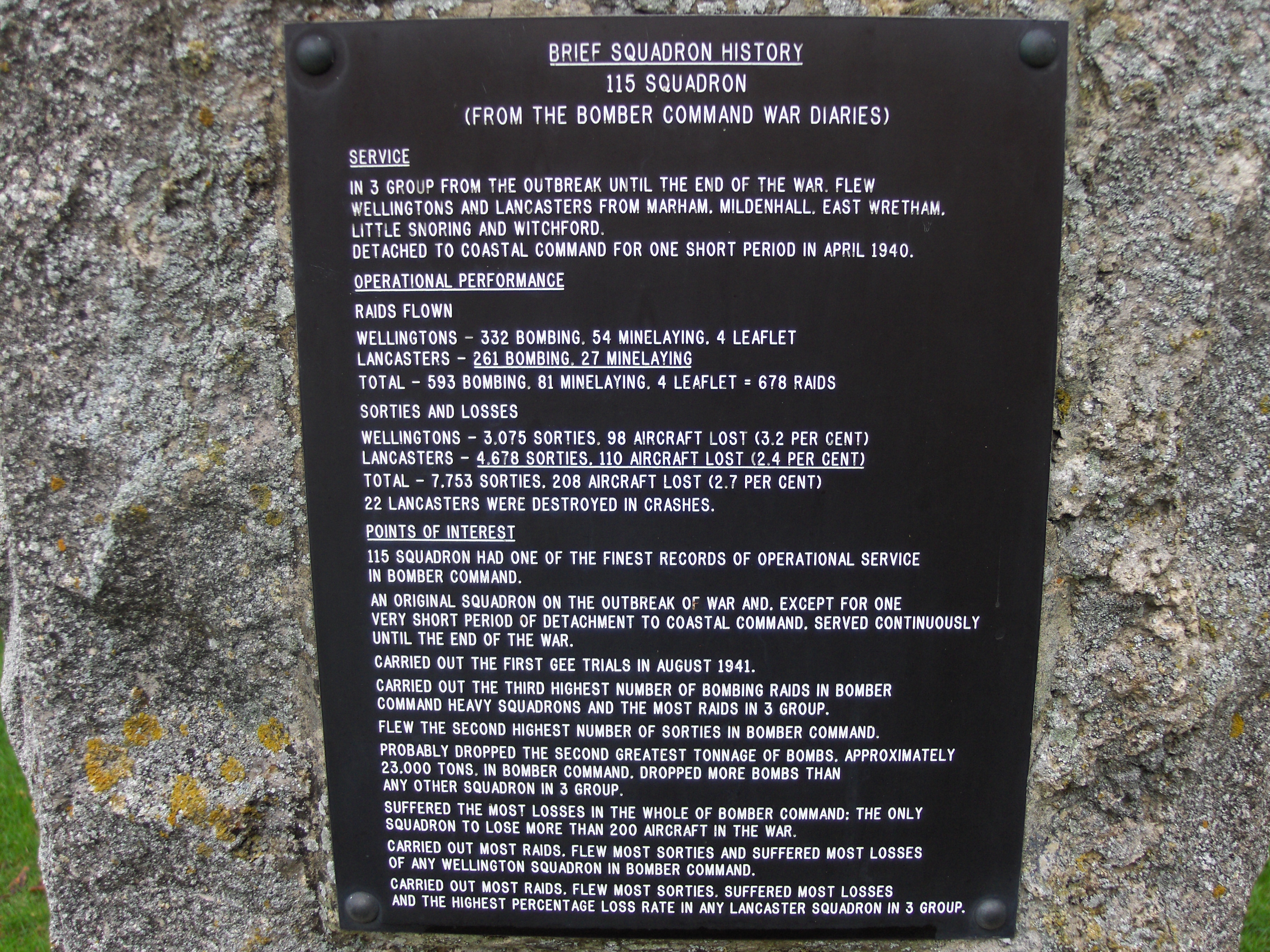Taylor, Robert Finlay
Personal Information
| Rank | Sgt |
| Forename(s) | Robert Finlay |
| Surname | Taylor |
| Gender | M |
| Age | 20 |
| Date of Death | 31-03-1944 |
| Next of Kin | Son of Finlay Maclachlan Taylor and Georgina Taylor, of Glasgow. |
Aircraft Information
| Aircraft | Avro Lancaster II |
| Serial Number | LL622 |
| Markings | KO-J |
Memorial Information
| Burial/Memorial Country | Belgium |
| Burial/Memorial Place | Brussels Town Cemetery |
| Grave Reference | Joint grave X. 17. 5-6. |
| Epitaph | WE WHO MISS THEM NEVER FORGET, IN MEMORY THEY ARE WITH US YET |
IBCC Memorial Information
| Phase | 2 |
| Panel Number | 251 |
Enlistment Information
| Service Number | 1561301 |
| Service | Royal Air Force Volunteer Reserve |
| Group | 3 |
| Squadron | 115 |
| Squadron Motto | Despite the elements |
| Trade | Flight Engineer |
| Country of Origin | United Kingdom |
Other Memorials
| Location | Nr junction of "Rue Du Cuisinier" & "Rue Gritte", Braine l'Alleud, Walloon Brabant Province |
| Country | Belgium |
| Memorial Type | Stone pillar & inscribed metal tablets |
| Memorial Text |
A la m�moire de l��quipage de Lancaster LL662 de la Royal Air Force, 115 Escradille, 31 mars 1944
Translation "In memory of the crew of Lancaster LL662 of 115 Sqn RAF � 31 March 1944" |
| Location | Lancaster Industrial Estate, Witchford, Cambridgeshire |
| Country | United Kingdom |
| Memorial Type | Stone Pillar with inscribed Slate Tablets & Metal Plaques |
| Memorial Text | In honour of those who served during the Second World War 1939 - 1945 |
Commonwealth War Graves Commission
The National Archives
| Record of Events (Operational Record Book) AIR 27/891/6 |
| Summary of Events (Operational Record Book) AIR 27/891/5 |
Fellow Servicemen
Please note that this list gives all the losses aboard the quoted aircraft and occasionally these may have occurred on an earlier date when the aircraft was not itself lost. Please check the dates of death carefully.
Last Operation Information
| Start Date | 30-03-1944 |
| End Date | 31-03-1944 |
| Takeoff Station | Witchford |
| Day/Night Raid | Night (45% moon) |
| Operation | Nuremberg. 795 aircraft, 95 losses (11.9%)- the highest of any raid. High-cloud was expected to offer protection to the bomber stream but the target would be clear for the bombing run. A Mosquito meteorological flight had predicted that in fact that would not be the case, but the raid went ahead anyway. The German controller ignored the diversionary raids and had his fighters circling close to the route of the main force, using Tame Boar tactics. Consequently, the fighters engaged the bombers before they reached the Belgian border. The clear conditions allowed the fighters to pick off bombers at will with 82 of the 95 bombers being Lost on the outbound leg. Strong winds meant that some of the bombers went off the intended route and as a consequence many bombed Schweinfurt in error, some 50 miles from Nuremberg. The problem as exacerbated by two PFF aircraft dropping markers in Schweinfurt. Overall, the raid was a failure and little damage was caused. |
| Reason for Loss | Strayed off track on return leg and shot down by a night-fighter crashing onto the battle site of Waterloo |
